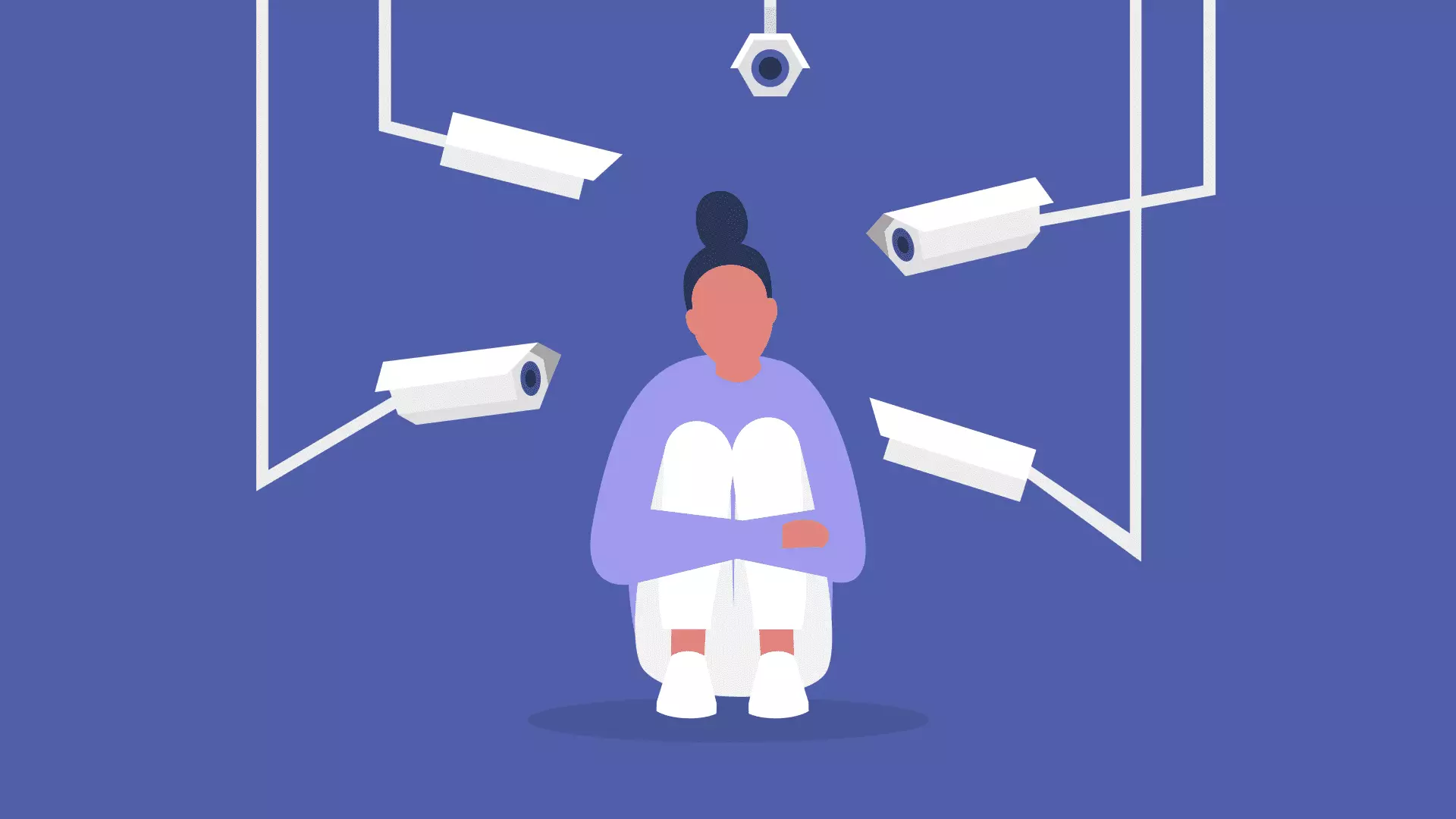The rise of hidden cameras in hotel rooms, house rentals, cruise ships, and even airplane bathrooms has sparked a sense of unease among travelers. The increasingly smaller and more inconspicuous spycams raise concerns about privacy invasion and illicit recording. As these cameras become harder to detect and more readily available for purchase, the need for effective detection methods grows. This article delves into a comprehensive analysis of recommended techniques and devices to uncover hidden cameras.
The simplest and least expensive method, known as the “naked eye” test, involves visually inspecting the surroundings for any suspicious or out-of-place objects. In a test conducted by CNBC, a team hid 27 cameras in a home and tasked a colleague with finding them. Despite a thorough 20-minute search, only one camera was discovered—a testament to the impressive camouflage of these devices. While the naked eye test may uncover some hidden cameras, it often proves ineffective against the growing sophistication of modern spy cameras.
To enhance their search, the team turned to technology and the popular Fing app, which scans Wi-Fi networks for connected devices. However, the app failed to detect any cameras as the hidden ones were connected to a separate wireless network instead of the main network. On the other hand, using a smartphone flashlight yielded better results. By illuminating the environment, the tester managed to identify three additional cameras embedded in a Wi-Fi repeater, a shirt button, and a teddy bear. While these methods offer some level of success, their efficacy remains limited when faced with more discreet hidden camera designs.
Handheld devices specifically designed to detect hidden cameras, such as radio frequency detectors, offer another avenue for uncovering these intrusive devices. These detectors emit beeps when in proximity to an active camera connected to Wi-Fi. However, their effectiveness is hindered by cameras that store data on SD cards rather than relying on Wi-Fi connectivity. Furthermore, they often produce false alarms, as witnessed during the test. Ultimately, the radio frequency detector failed to locate any cameras, leaving room for improvement in detecting SD card-based devices.
A basic lens detector, a portable device that emits infrared light and detects reflections from camera lenses, presents a more affordable option. However, its limited range requires the tester to be close to the camera for detection. Although moderately successful, with the discovery of two cameras in an essential oil diffuser and a Wi-Fi mesh device, this device falls short when compared to the more advanced alternatives.
For a more sophisticated approach, an advanced lens detector resembling binoculars offers enhanced capabilities. With the ability to detect reflected light from a camera lens at a distance, this device allows the tester to spot cameras from across the room. It remains effective in various lighting conditions, making it a valuable tool for uncovering hidden cameras. In the test conducted by CNBC, this device proved to be the most successful, locating 11 out of the 27 hidden cameras. However, it is worth noting that its effectiveness still depends on the angle and direct line of sight to the camera.
While the results of these detection techniques provide some insight into mitigating the risk of hidden cameras, it is essential to acknowledge the increasing sophistication of these devices. The availability and affordability of spy cameras continue to pose a significant challenge. Coupled with their shrinking size and improved concealment, hidden cameras maintain an upper hand in this cat-and-mouse game. As detection technology evolves, so too do the cameras, further necessitating innovative approaches to safeguard privacy and security.
The unsettling prevalence of hidden cameras in various public and private spaces demands rigorous and continuous efforts to counteract this invasion of privacy. As travelers become more vigilant, it is crucial to stay informed about emerging detection techniques and advancements in spy camera technology. By staying one step ahead, individuals can better protect their privacy and enjoy a sense of security wherever they go. Only through the collective pursuit of unmasking hidden threats can we hope to preserve our fundamental right to privacy in an increasingly interconnected world.


Leave a Reply